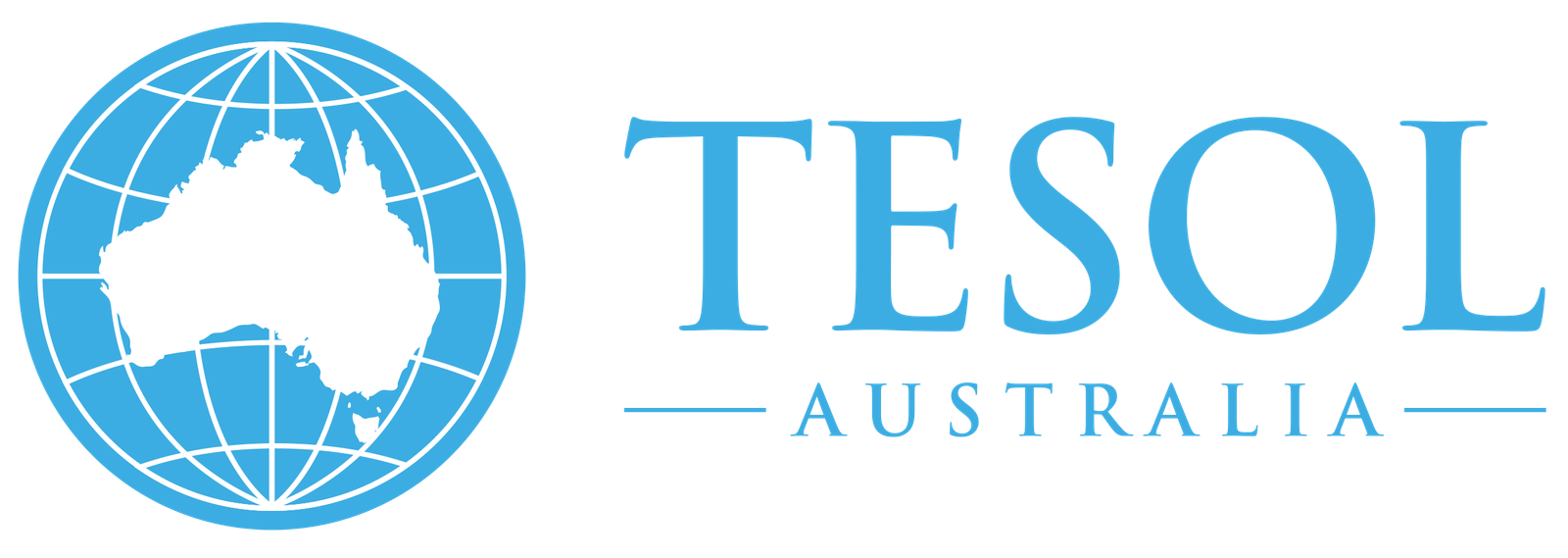
TEFL and TESOL — What is the difference?
TESOL: Teaching English to Speakers of Other Languages
TEFL: Teaching English as a Foreign Language
To answer your question: TESOL is the acronym for (Teaching English to Speakers of Other Languages) and originally referred to teaching English within an English-speaking country. It is also recognised and accepted worldwide in non-English-speaking countries.
TEFL is the acronym (Teaching English as a Foreign Language) and initially referred to teaching English in non-English speaking countries. TEFL certificates are not recognised in Australia and New Zealand for teaching in ESL/ELICOS schools.
An important part of any TESOL or TEFL certificate is to include an assessed teaching practicum or work experience. ESL schools overseas prefer and look for teachers who have completed a teaching practical with ‘real’ ESL students, either online or face-to-face. Therefore, it is important that the course you choose includes this vital component.
Click here to read more about our TESOL courses.

























